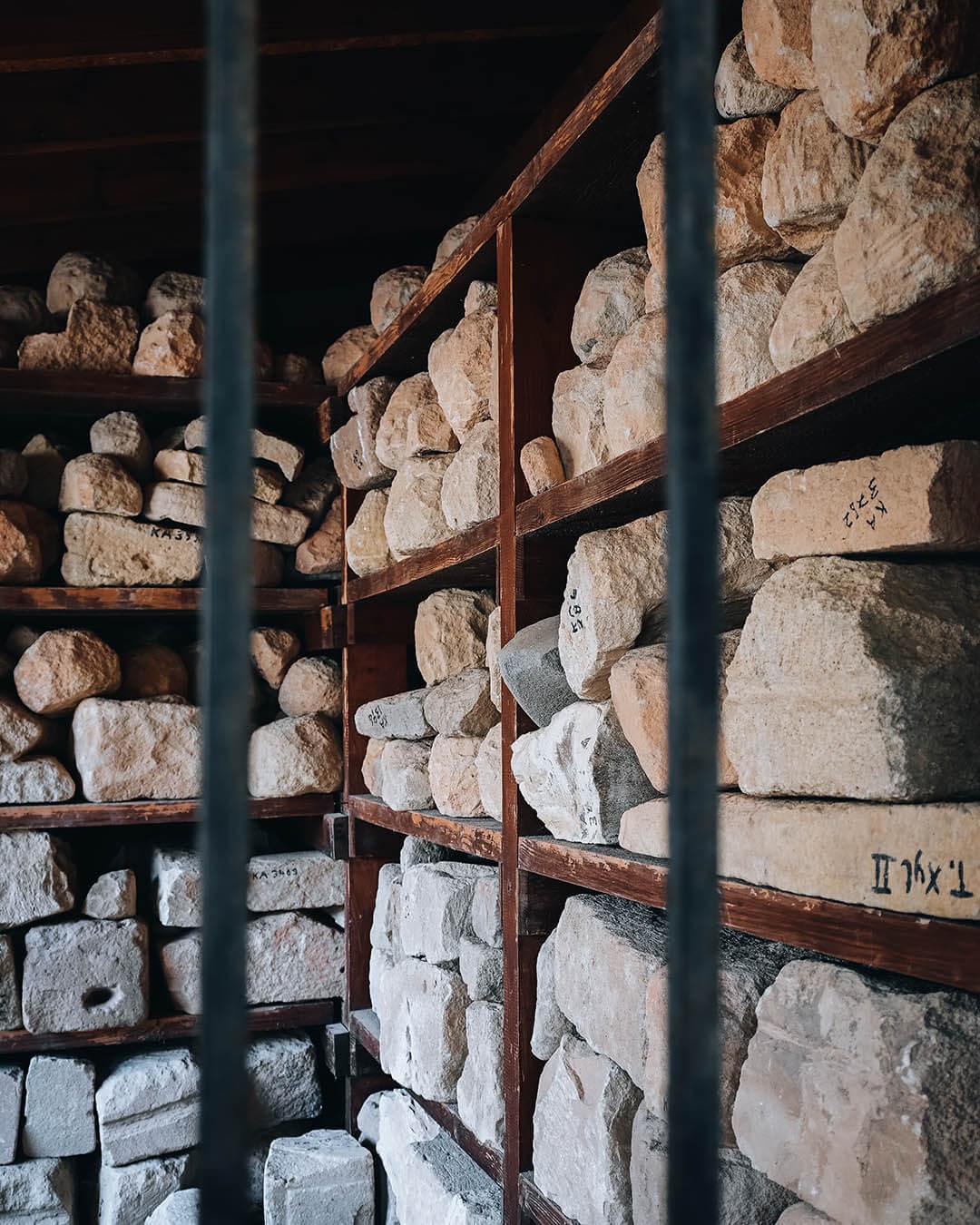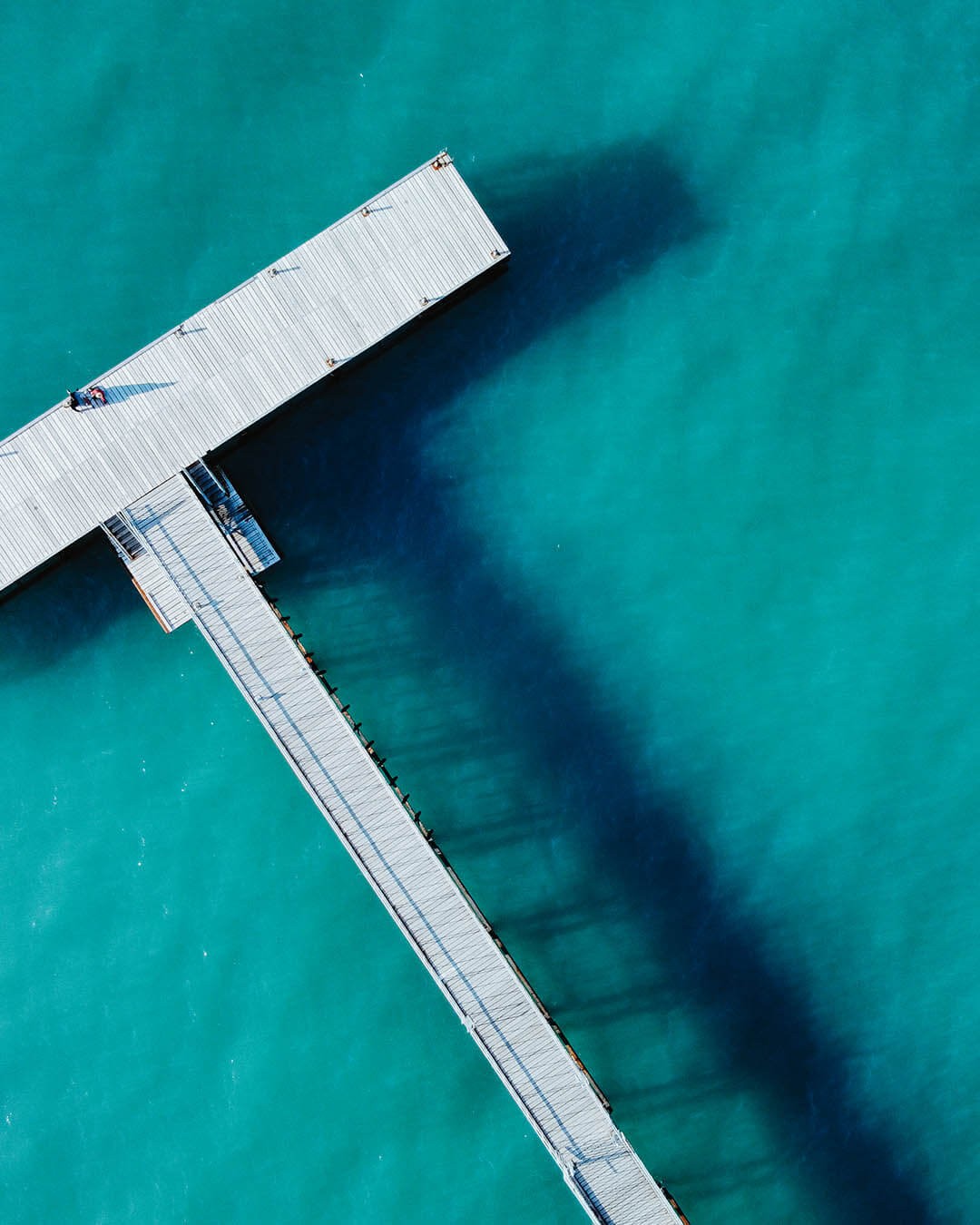Bellapais Abbey
- Kyrenia
- Monument
In a small, beautiful village of Kyrenia district, on the north side of the mountains, the ruins of an impressive monastery are located. Bellapais Abbey is preserving its original charm, welcoming visitors for centuries.
The abbey had various names throughout the years. The current name of the Abbey and subsequently of the village, seem to derive from the french “Abbaye de la Paix”, or “Abbey of Peace”. In Venetian times, the name was slightly altered into “Bella Paese”, meaning beautiful land, hence the modern form “Bellapais”.
Early sources refer to the abbey as an Augustinian building founded during the early 13th century, by the King of Jerusalem Aimery de Lusignan, who reigned in the island from 1198 to 1205. It is not uncommon for abbeys to be built in spectacular locations and Bellapais Abbey is no exception. It was constructed strategically in an impressive spot, on the edge of a natural rocky cliff, which used to ensure the abbey’s defense from the north.
The magnificent buildings of the abbey are a typical example of Gothic monastic architecture. The arched entrance was initially located at the western side, leading in the cloister and on the opposite side was the temple. The temple consists of a well preserved building, despite finding itself often as a subject of raids and occupiers. Significant is the fact that after the end of the Frankish ruling in the island, during the 15th century, the abbey was transformed into an Orthodox Church. It was dedicated to Panagia Asproforousa (Our Lady of the White Garments), and it was used as the parish church by the inhabitants of the village. Apart from a few alterations that were effected, such as the addition of the wooden iconostasis, the temple preserved its original form.
One of the most key structures of the abbey is the peristyle. It was an addition of the 14th century, still preserved nowadays almost at its entirety. It is a well-embellished construction, with carved patterns. In the northwest corner is situated a marble basin with a carved sarcophagus. Behind the basin is the entrance, leading to the refectory - the dining room of the monastery - which is still in operation, serving as a venue for various events. Next to the refectory was a cellar and the abbey’s kitchen. Below the refectory was discovered a crypt, where the products were stored. To the south of the peristyle is a staircase leading to the dormitories which were occupying the entire eastern side of the building, however, only the western wall remains today.
Bellapais Abbey is definitely considered one of the most impressive structures of its kind that is still standing. With many of its original embellishment features and ruins remaining intact, the site is particularly exquisite to observe.
Other locations
All locationsOld Church of Saint Nicholas
Limassol | Church
The partially submerged church of Saint Nicholas is a quite fascinating landmark, emerging out of the waters of Kouris dam, in Limassol district.
The Sanctuary of Aphrodite
Paphos | Monument
The Sanctuary of Aphrodite, located at Kouklia village, was one of the oldest and most celebrated worship centers of the ancient Greek world.
Archaeological Site of Amathus
Limassol | Point of interest
Located just outside the city of Limassol, the Archaeological Site of Amathus is one of the oldest settlements known to Cyprus and it is definitely a destina...
Tombs of the Kings
Paphos | Monument
Nestled in the western coast of Cyprus, the Tombs of the Kings is an architecturally spectacular ancient necropolis and arguably one of the must-see destinat...
Limni Pier
Paphos | Point of interest
On the northern coast of Paphos district, is located Limni Pier, a wharf that is not just a great place to grab a photo, but that also reflects the long hist...





